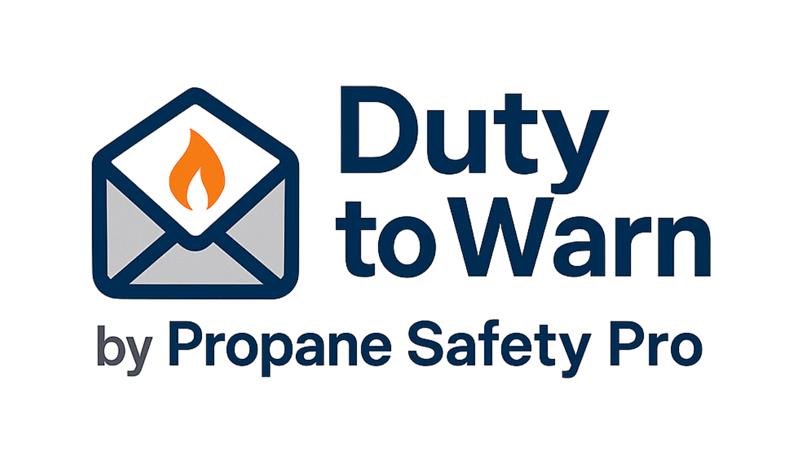Ensuring Safe Operations in Your Business

Ensuring the health and safety of all employees is paramount in the propane industry, which is known for its specific hazards related to handling and transporting highly flammable materials. This article provides a comprehensive guide to establishing robust safety protocols that will serve to protect employees while continuing to maintain strong operational efficiency.
Understanding the Risks
Chemical Exposure
Propane employees are potentially exposed to chemical hazards that can lead to health issues. Propane is an asphyxiant gas that displaces oxygen. High concentrations of this fuel in the air can cause dizziness, suffocation, seizures, or unconsciousness. Liquid propane can cause severe burns if it comes into contact with the body.
Physical Injuries
From lifting heavy equipment to operating machinery and large trucks, the physical demands of the propane industry can lead to injuries if not managed with the correct care and protocols.
Fire and Explosions
The most significant risk in propane handling is the potential for fire and explosions due to the extremely flammable nature of this fuel source. While certain conditions must be present for propane to ignite, it can easily do so and can quickly form an explosive mixture with the air at room temperature.
Implementing Key Safety Protocols
Regular Training
Conduct ongoing safety training sessions that include emergency response drills, proper fuel handling techniques, safe storage and transportation protocols, and the use of personal protective equipment (PPE).
Safety Equipment
Equip all employees with the necessary safety gear, including gloves, goggles, and fire-resistant clothing. Regular checks should be implemented to ensure that this equipment is in place and is in good condition.
Health Monitoring
Implement a health monitoring program to regularly check the well-being of employees who are exposed to higher risks, ensuring that any physical concerns related to the job are identified and addressed early on.
Creating a Safe Work Environment
Ergonomic Workspaces
Design work areas that minimize strain and the potential for injury, particularly in roles requiring repetitive motion or heavy lifting.
Ventilation Systems
Install effective ventilation systems at facilities where propane is stored or handled in order to prevent dangerous gas accumulation.
Clear Signage
Use clear and visible signage to warn of hazardous areas, guide to emergency exits, and provide instructions for handling emergencies.
Prioritizing Emergency Preparedness
Emergency Equipment
Ensure that all facilities are equipped with fire extinguishers, eye wash stations, and first aid kits. Regular inspections to check on the presence and functionality of this equipment are essential.
Evacuation Plans
Develop and clearly communicate evacuation plans. Conduct regular drills to ensure every employee knows how to react in an emergency.
Incident Reporting Systems
Establish an efficient incident reporting system that encourages employees to report safety concerns without fear of repercussion. This helps in identifying potential risks before they lead to accidents.
Ensuring Legal Compliance
Regulatory Adherence
Stay updated with the latest industry regulations and standards from agencies such as OSHA. Be sure that all practices and equipment are in compliance to avoid legal penalties and to ensure safety.
Documentation and Record Keeping
Keep detailed records of all training sessions, incidents, and safety checks. This documentation can be vital in understanding trends in safety issues and proving compliance with safety regulations.
Fostering a Culture of Safety
Safety Committees
Create safety committees that include employee representatives to give all team members a voice in safety discussions and decisions.
Recognition Programs
Implement programs that recognize and reward employees for exemplary safety practices. This can motivate staff members to take safety more seriously.
Valuing Continuous Improvement
Regularly review and update safety protocols to adapt to new challenges or changes in the industry. Encourage feedback from employees on safety practices and any concerns they may have regarding safety in the workplace. Foster open communication and an atmosphere where safety is valued and frequently discussed.
Conclusion
Safety in the propane industry is not just about regulatory compliance; it’s about creating a culture that prioritizes the well-being of every employee. By investing in comprehensive training, proper equipment, and effective safety policies, propane businesses can ensure that their teams are well-protected and better equipped to perform their duties in a safe and secure environment.














